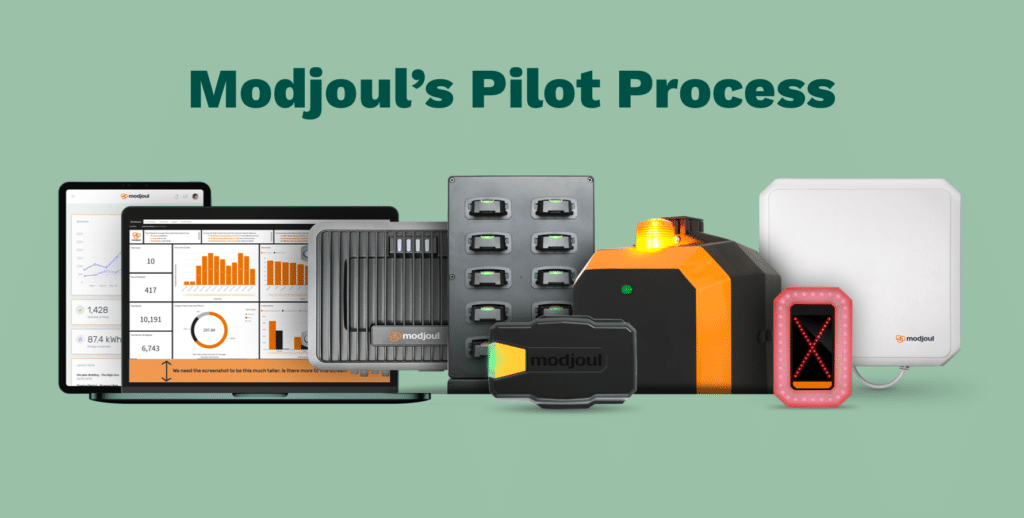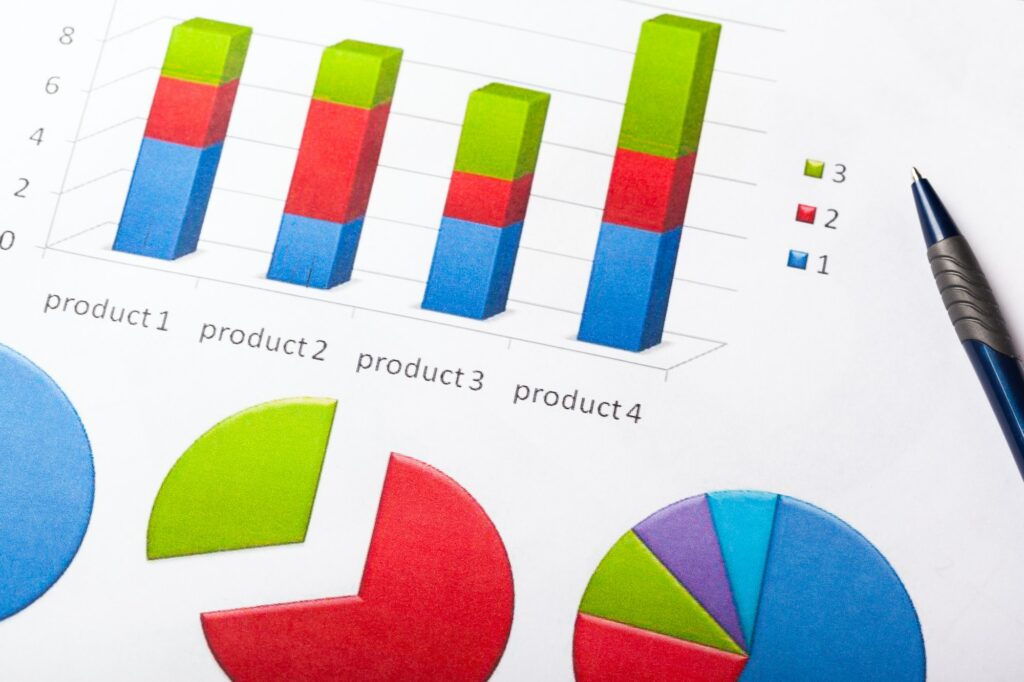Scaling with a product is something few consider until the requirement knocks at the door. When research and development are in full flow and all sorts of innovative ideas are being explored, scaling challenges often take a back seat. This is one of the things that differentiates a seasoned product developer versus the amateur ones. A solution, as brilliant as it might seem, is not of much use if it cannot be made accessible to a wider audience.
There are many examples that can be thought of wherein a single mistake in the broader spectrum of decisions resulted in products failing. It can sometimes be a miscalculation in terms of the value the product is bringing. It can be a mismatch of the gravity of the problem versus the cost of the product. It can simply be an underestimation of the resources required to bring the product to fruition. While these have led to a premature demise of many products, scaling preparedness is particularly unfortunate because it usually comes after most of the criteria for market success have been met. All that remains is to produce more and produce fast. This is where supply chain plays an important role. Also, the flexibility of the product and what all changes it can imbibe before losing the essence and value plays a crucial role.
A simple example can be of a smart-wearable and what scaling challenges could be expected. The first step wherein a product developer can make a mistake is while selecting the BOM. Ensuring that components are nowhere close to their end of life, are available via multiple channels, have a line of sight when upgrading to a new version, and cost optimize with scale are important criteria to consider during the design stage itself. Secondly, the process for manufacturing the product must require standard equipment and protocols, that can be executed in multiple locations. Requiring unique equipment, novel steps which completely deviate from the vocabulary of the manufacturing world is recipe for trouble. The new processes snowball into a slew of new requirements since no part of the process is standardized and backed by years of meticulous refinement. The process must go through a scrutiny every time a production run is performed, at least for a few years. In addition, replicating the processes becomes increasingly cumbersome as an increasing number of locations must perfect the novel process, and overseeing these operations can quickly get out of hand. Finally, it is essential that the scale must be commensurate with a reduction in cost. Unless the processes have been designed to run larger production runs while reusing the existing equipment and infrastructure, the cost mismatch can play a spoilsport in the scaling effort.
In summary, scaling requirements must be at the back of the mind for a product developer right from the start, and any decisions must be informed by the implications it will have in the eventual scaling effort of the product.




